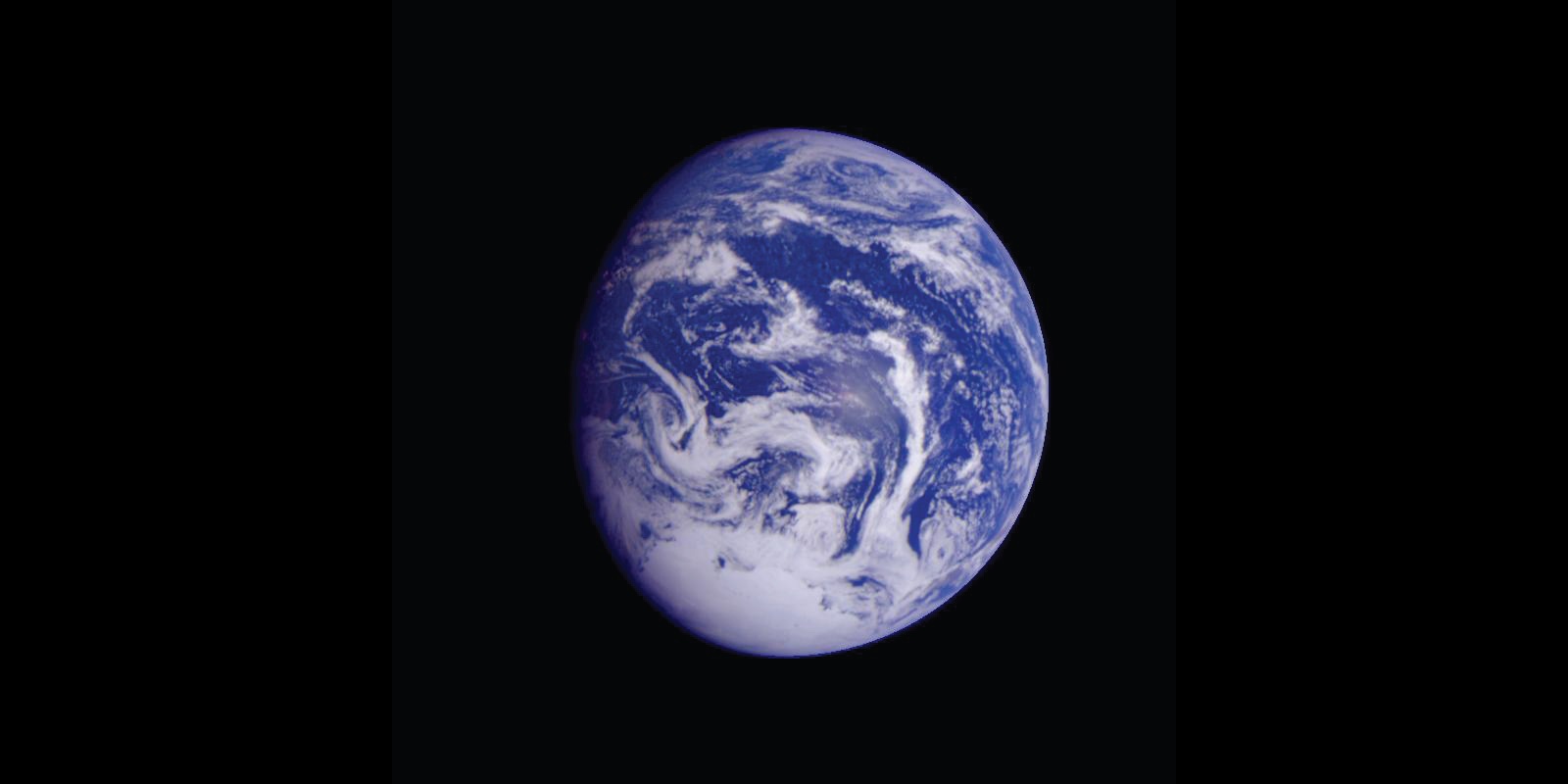In the Autumn of 1989, the Galileo probe was launched into space with a destination set for Jupiter and its accompanying moons. Due to the vast distance to the largest planet in our solar system, Galileo had to embark on an indirect route through the inner solar system, conducting a close pass by Venus in 1990 and two encounters with Earth in 1990 and 1992 to acquire the necessary velocity to reach Jupiter. Throughout the Earth flybys, Galileo captured numerous images of our planet, which have been instrumental in the exploration of life on Earth.
Although the notion of “discovering” life on Earth in the 21st century may appear somewhat absurd, the research is highly valuable for astronomers in their quest to identify life on distant planets. Given our understanding of life on Earth and the diverse geography of our planet, the images obtained by Galileo serve as a valuable benchmark for comparison with images of exoplanets. As the direct imaging of exoplanets is still in its early stages, astronomers are continually deciphering the insights that these images can provide.
 A detailed image of Earth compared to its appearance as a distant exoplanet. Credit: NOAA/NASA/Stephen Kane
A detailed image of Earth compared to its appearance as a distant exoplanet. Credit: NOAA/NASA/Stephen Kane
In this study, the team concentrated on what are referred to as disk-integrated images, where the total light emanating from a planet is considered. Instead of focusing on detailed Earth images like the one mentioned above, the team analyzed integrated images from the Limited Solid State Imager (SSI) to simulate the images captured of exoplanets. By examining the overall brightness and spectra of these images, the researchers aimed to extract valuable information about Earth.
One notable discovery by the researchers was the challenge posed by the washed-out spectral data in the integrated images, making it arduous to pinpoint specific biosignatures. This outcome was somewhat anticipated since the Galileo cameras were primarily designed for Jupiter, a significantly more distant and dimmer celestial body. Nonetheless, the team successfully identified an oxygen absorption line, confirming the presence of an oxygen-rich atmosphere on our planet. While the presence of oxygen alone is not definitive evidence of life, it serves as a promising initial indication.
 How the ratios of red/violet and UV/violet brightness provide insights into Earth’s terrain. Credit: Strauss, et al
How the ratios of red/violet and UV/violet brightness provide insights into Earth’s terrain. Credit: Strauss, et al
Moreover, the researchers delved into the variations in albedo, which denotes the reflective brightness as Earth rotates. This analysis allowed them to roughly infer the presence of continents and oceans on Earth, establishing the planet’s diverse landscape comprising both landmasses and water bodies, conducive to supporting life.
The primary advantage of this study and similar research endeavors lies in establishing a reference point for potentially habitable exoplanets. These findings offer a glimpse of how a life-sustaining planet appears from a distance with limited resolution. As astronomers identify exoplanets exhibiting similarities to Earth, they can confidently progress towards the ultimate goal of discovering life beyond our world.
Reference: Strauss, Ryder H., et al. “.” The Astronomical Journal 167.3 (2024): 87.
